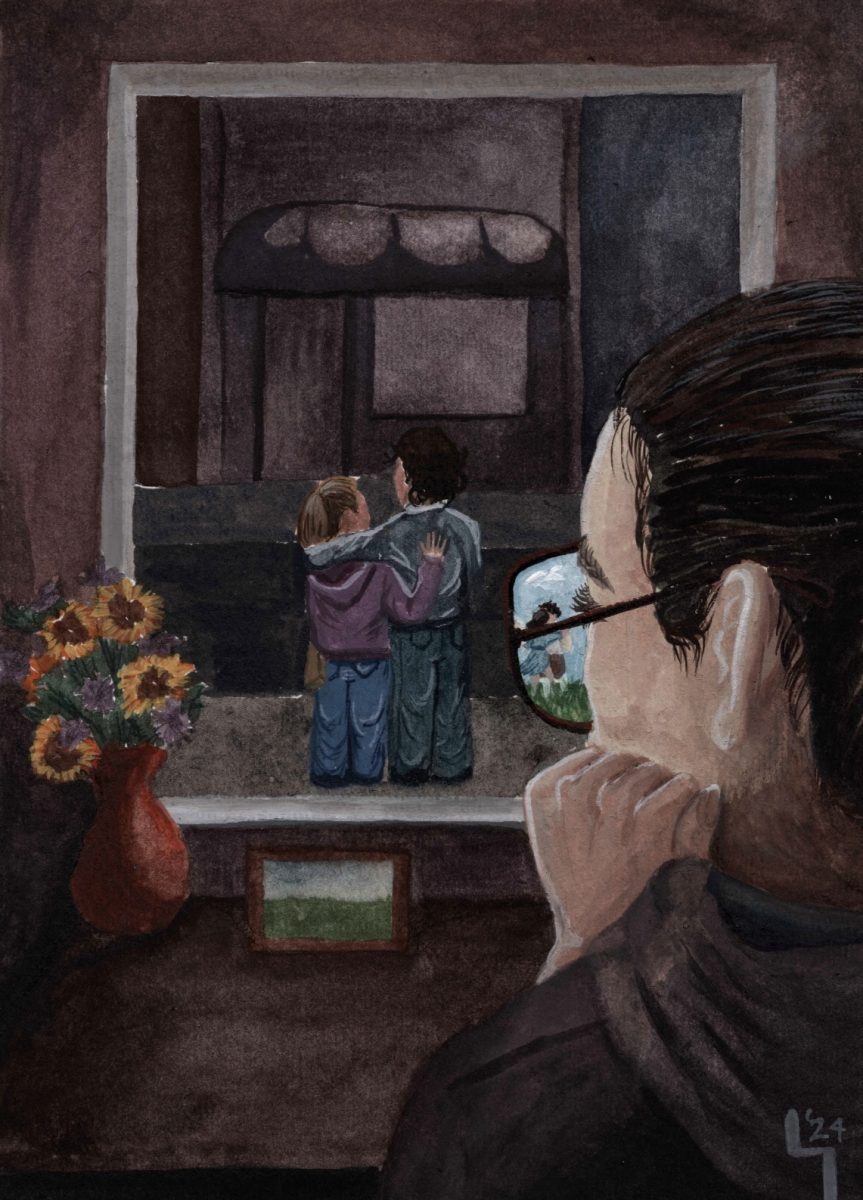Every year around Halloween, the debate around cultural appropriation is resurrected again. The concept is derided by right-wing talk show hosts as leftist lunacy taking it too far, while left-wing activists see it as another attack on minorities. However, much of this mainstream dialogue revolves primarily around costumes, while other important aspects are left out of the spotlight. Amidst the debate, the line on what constitutes cultural appropriation has become blurred so much so that even innocuous cultural borrowing is condemned. But it can be difficult to distinguish between the topics, and here historical context becomes significant.
Cultural borrowing, assimilation and appropriation are all different, and it is important to know the distinction between them. Cultural borrowing happens when two cultures exchange ideas of their own volition. But in the case of cultural appropriation, there is a power dynamic involved: a majority and a minority culture where the minority culture is socially, economically or politically weaker than the dominant culture. The majority culture takes practices, ideas and products from the minority culture for their own profit with no regard for their cultural significance. This is different from cultural assimilation in which members of a minority culture are forced to fit into the majority culture by adopting elements of the dominant culture.
But one must concede that, in reality, it is difficult to find exchanges between cultures that are equally matched. There is always a power dynamic, however small. There are also no cultures that are completely authentic; that is, there is practically no culture that has not been influenced by others. Cultures evolve by borrowing from each other, and the exchange of knowledge therein has helped us overcome many challenges. Because of this fluidity, it is difficult to ascribe the origin of an idea or practice to one singular group. Historical context can help decide the propriety of its usage.
A good example of this would be dreadlocks. Their origin can be traced back to many ancient civilizations in India, Egypt, Greece and Africa. Hence, it would be inaccurate to say that they belong to any particular culture. But in the U.S., white celebrities sporting dreadlocks were condemned for their insensitivity. This may not be because the black community ‘owns’ the hairstyle, but because black people faced discrimination for it in the past. This historic oppression by white people makes this seemingly harmless adoption appalling.
Thus, one must be mindful, especially if one enjoys relative privilege. Sacred objects should not be commoditized or used as props. This takes them out of their cultural context and can hurt minority sentiments, as was the case with Native American headdresses. If the object or idea is not sacred and is used commercially, then due credit and royalty should be given to the concerned parties. It is also important to engage with the culture at more than just a visual level. When part of a cultural exchange, one should make an effort to learn about the culture beyond its stereotypical representations.
This debate also needs to move beyond the confines of costumes. There are many more ways in which it affects our lives. Native American medicine has risen in popularity in recent years. Along with it, the number of non-Native “plastic shamans,” has also increased. This marginalizes Native shamans while appropriating their practices and knowledge, not to mention that they also distort Native beliefs through their actions.
Another palpable effect of appropriation is gentrification of neighborhoods. Wealthy white people move into low-rent neighborhoods that they find hip and trendy, displacing their original residents who are mostly black or Hispanic. This is problematic because while the new residents like the culture, they exclude the very communities that nurtured it. These issues affect people year round, and yet they are not discussed as much as insensitive costumes.
I am not saying that it is wrong to borrow or be inspired by other cultures and their ideas. But when so much of our history has been about majority cultures irresponsibly stealing from minority ones, it is imperative that we stop and think before any sort of cultural exchange.
Cultural appropriation: Not just costumes
October 31, 2019
Photo by Creative Commons
Some braided hairstyles are a frequent feature of the debate around cultural appropriation.
0
Donate to The Battalion
Your donation will support the student journalists of Texas A&M University - College Station. Your contribution will allow us to purchase equipment and cover our annual website hosting costs.









